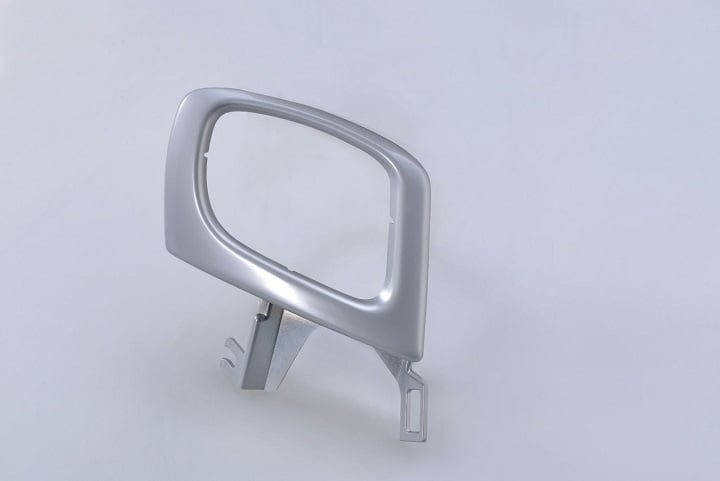Mold creation is an important manufacturing process that allows for the fabrication of high-quality, precise, and consistent components across a wide range of sectors. Every industry needs supplies of materials to be precise and accurate. This way, they can easily create accurate results.
It entails making molds, which are hollow containers used to form materials including polymers, metals, ceramics, and more. With the help of digital technology and the human mind, impressive results and premium products can be achieved. You must scroll down to learn more about mold making and how it enhances precision and efficiency in manufacturing.
Precision in Mold Making
Computer-Aided Design (CAD):
Digital mold making uses CAD software to create molds with high accuracy. This ensures thathe whole look of the product should be exactly the same. It helps to maintain the standardisation in the look of the products. This technique enables engineers to construct detailed 3D models, ensuring that every dimension and feature of the mold is accurate. This way high accuracy and precision is ensured.
Tolerances and Fit:
Using high-precision molds ensures pieces fit properly together. Digital mold-forming methods maintain tight tolerances, which reduces the need for post-production adjustments and improves overall product quality. This way, in post-production, there is less requirement for raw materials and resources. You must reach out to a reliable china mold manufacturer
to ensure accuracy and good fit of the product.
Efficiency in Mold Making
Rapid prototype:
Digital tools speed up the prototype process. It makes it easy to design and test the mold and then ensure proper designs. Engineers can swiftly develop, alter, and manufacture prototype molds, minimizing the time between concept and production. They can make certain changes with pilot testing and then get the precise products for the companies.This quickness is critical to sustaining a competitive advantage in the market.
Automated Manufacturing:
Computer-assisted manufacturing (CAM) systems automate certain aspects of mold production. This way, through automation, the products get accurate demand and create accurate prototypes and products.
These technologies operate machines with high accuracy, ensuring constant quality and lowering the possibility of human error. Automation provides the creation of products at the exact cost and at the correct time. There is no chance of orders getting late.
Customization and Personalization
Digital technology makes it possible to easily modify mold designs, increasing production flexibility and customization. Many companies now want to provide best and personalized products to their consumers through cutomized mold manufacturing, it can easily be achieved. Manufacturers can respond swiftly to changing client needs or product requirements without extensive retooling.
Reduced Waste
Precision in digital mold production minimizes material waste. Manufacturers can use materials more efficiently by improving mold design and manufacturing processes, decreasing costs, and reducing environmental impact. The materials used during mold manufacturing are cost-effective and provide high efficiency.
Bottom Line
Digital mold making has significantly increased production precision and efficiency. Manufacturers may create high-quality molds rapidly and affordably by utilizing advanced technologies such as CAD, CAM, and digital simulation. This change improves product quality while simultaneously promoting sustainable manufacturing practices and economic competitiveness.






